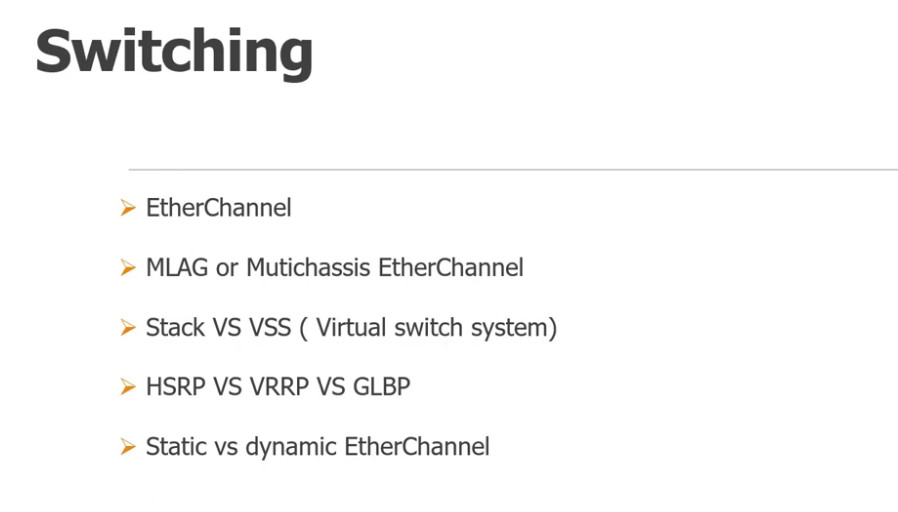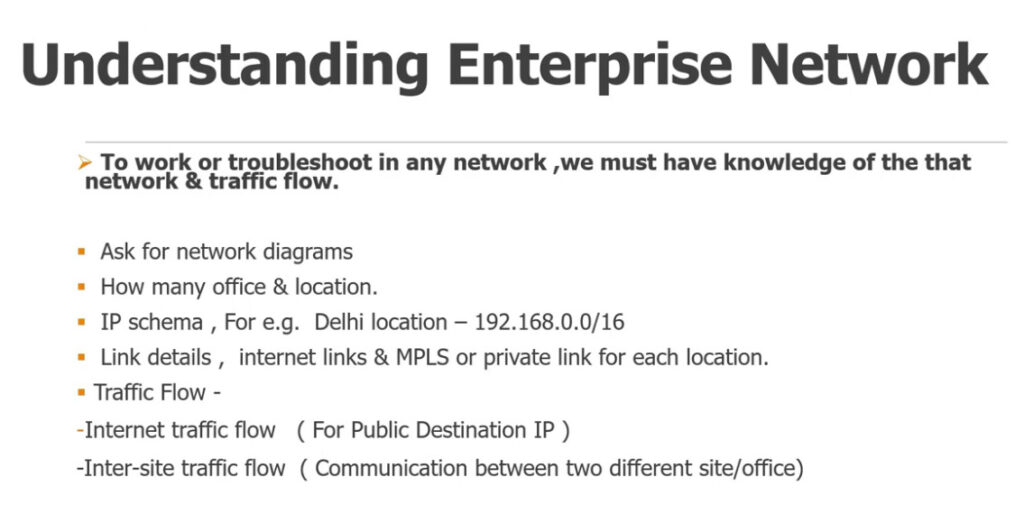- 8777701917
- info@saikatinfotech.com
- Basirhat W.B
A real-life network engineer requires a diverse set of technical and soft skills to effectively design, manage, and troubleshoot networks. Here are key skills for a network engineer:
Technical Skills
Networking Protocols & Models
Network Design & Architecture
Routing and Switching
Network Security
Wireless Networking
Troubleshooting & Diagnostics
Automation & Scripting
Performance Tuning & Monitoring
Network Virtualization & SDN
Operating Systems & Devices
Problem-Solving
Attention to Detail
Communication Skills
Project Management
Collaboration
Adaptability
This skill set enables network engineers to ensure smooth operations and minimize downtime while keeping network security top of mind. Would you like to know more about any specific skill or certification?




1. Core Routing & Switching
Routing Protocols:
2. IP Addressing & Subnetting
3. Carrier-Grade Technologies
4. Network Design & Architecture
5. Traffic Engineering & Optimization
6. Network Security
7. Automation & Orchestration
8. Monitoring & Troubleshooting
9. Virtualization & Cloud Networking
10. High-Capacity Network Design
Soft Skills
1. Project Managemen
2. Communication & Documentation